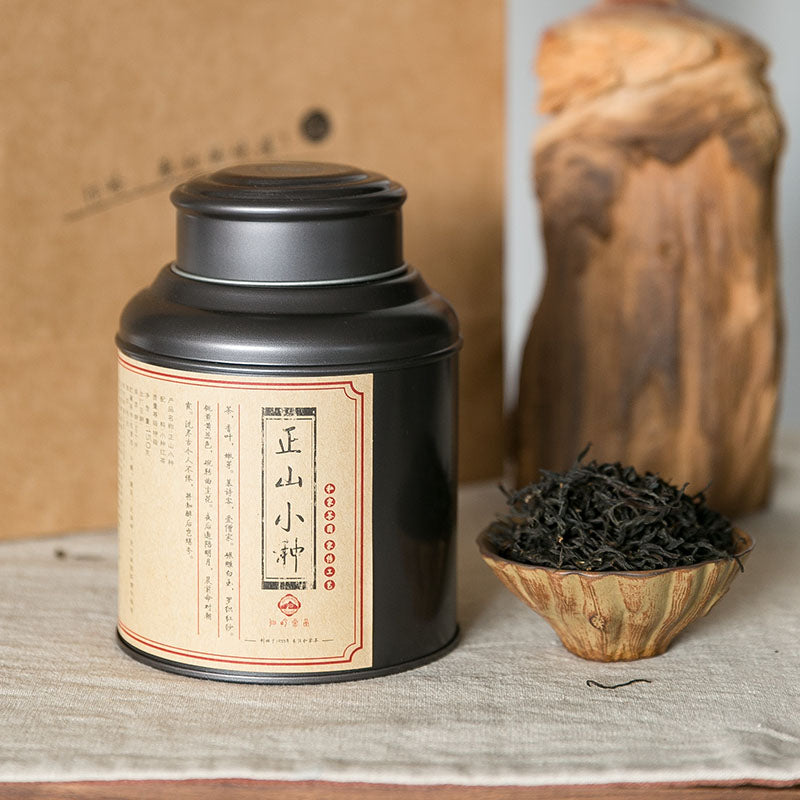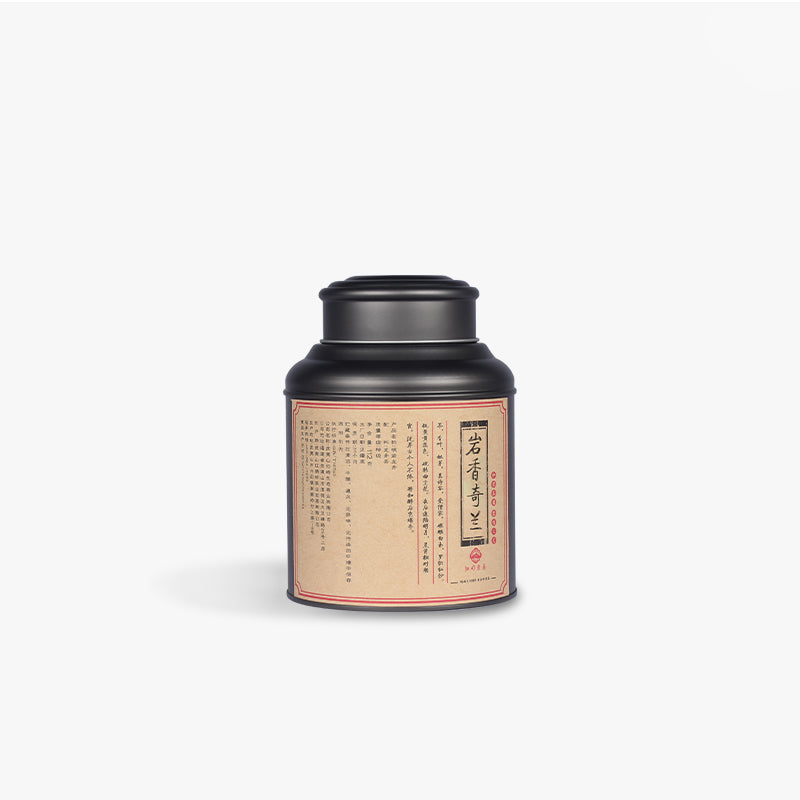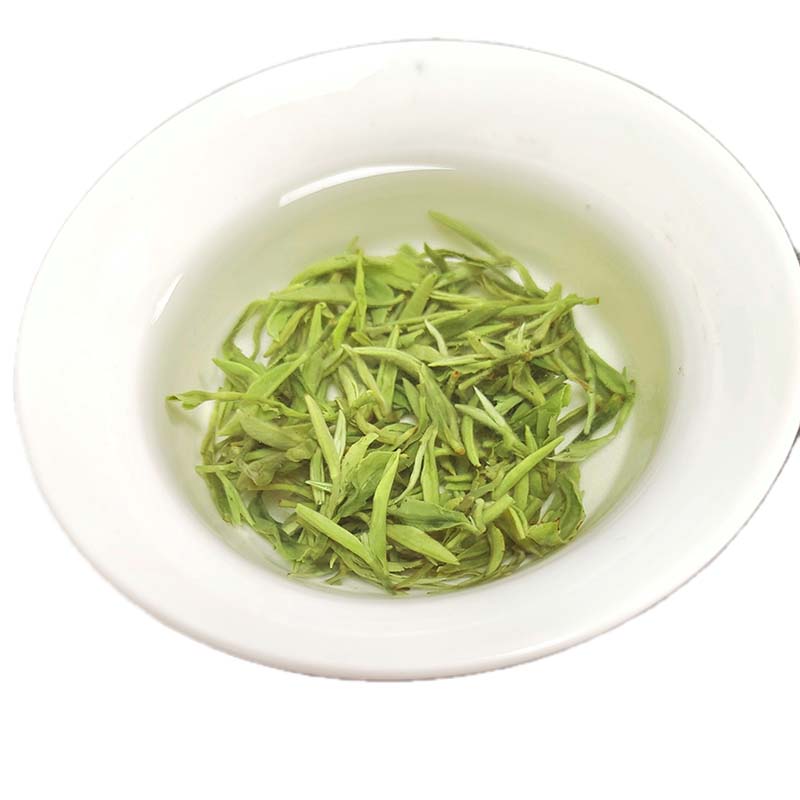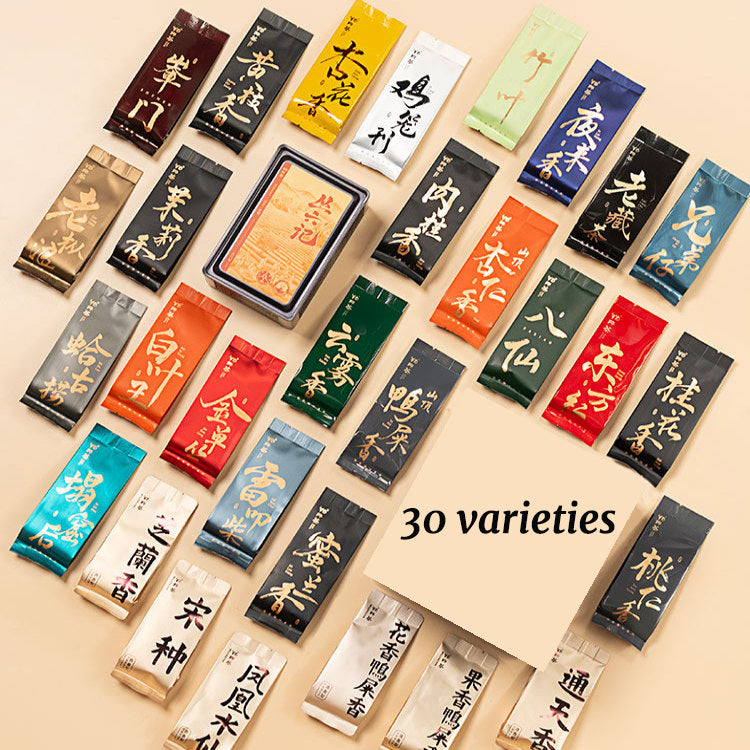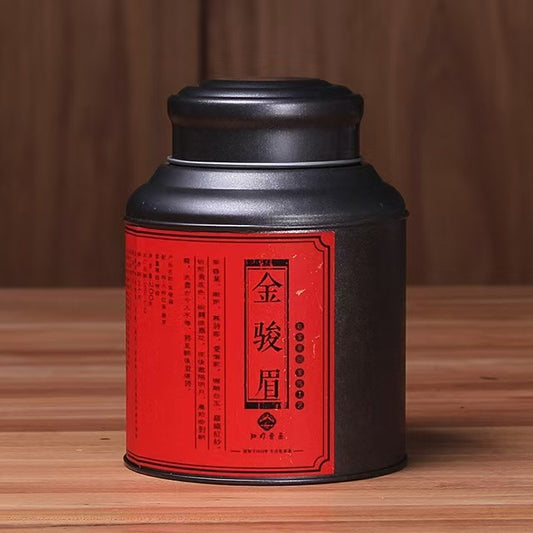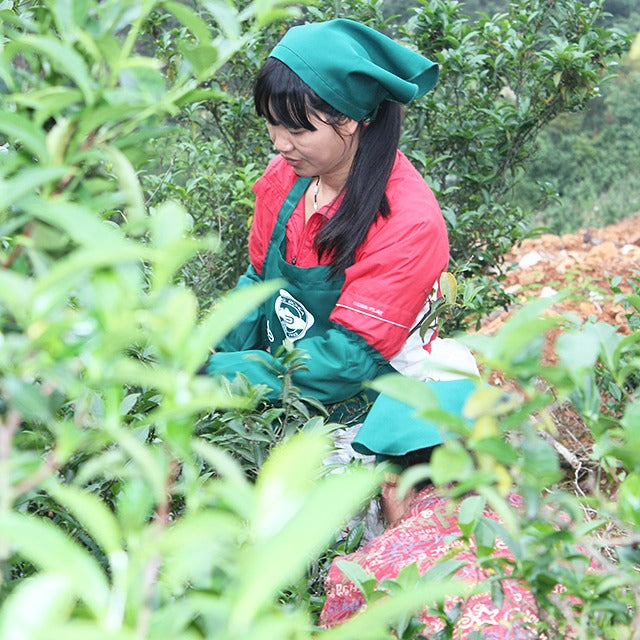Exploring the Rich Nuances of Chinese Black Tea
Exploring the Rich Nuances of Chinese Black Tea
The world of Chinese black tea is both vast and inviting, drawing enthusiasts into a realm of rich flavors, intricate histories, and pleasurable rituals. Often referred to as "hong cha," which translates to "red tea" in Chinese, these teas are celebrated for their deep, amber liquors and robust profiles. But to truly appreciate Chinese black tea, one must first understand its origins and the meticulous craftsmanship behind it.
In China, black tea has woven itself into the cultural and historical tapestry across various regions. Fujian province, for instance, is renowned for producing some of the most exquisite black teas, such as Lapsang Souchong. This smoked variety carries the scent of pine fires from the Wuyi Mountains, its place of origin. There is a lovely story that suggests this tea was discovered by accident when soldiers hastily dried Camellia sinensis leaves over pinewood fires. Whether fact or fable, the result is a tea that carries a distinctive smoky aroma unlike any other.
Another notable black tea, Jin Jun Mei, also hails from Fujian. This rare and luxurious tea is crafted from the tender buds of the tea plant, picked only within a fleeting window during early spring. The buds are then carefully processed to preserve their natural sweetness and floral complexity. Sipping Jin Jun Mei is like tasting an elegant symphony of honey and subtle fruit, offering a moment of pure indulgence that is hard to find in other teas.
Brewing Chinese black tea is an art form in itself. Traditional methods involve using a small teapot or a gaiwan, allowing the leaves to unfurl and release their robust essence. Water temperature and steeping time can dramatically alter the flavor — a delicate balance that invites personal experimentation. It's a thoughtful process, one that encourages the drinker to slow down, appreciate each sip, and perhaps discover a new appreciation for the tea's nuanced character with every cup.
Chinese black tea also offers a canvas for light comparisons with its counterparts. Unlike the brisk and malty profiles often associated with Assam or Darjeeling from India, Chinese black teas are smoother, frequently with underlying notes of chocolate, caramel, or sweet fruit. It’s this versatility, paired with their storied origins, that makes them a mainstay for those who seek depth and variety in their tea collection.
To embark on a journey with Chinese black tea is to step into a world where every cup tells a story — of its land, its people, and the craftsmanship honed over centuries. It's a reminder that even in our fast-paced world, some joys are best savored slowly. And while the flavors might vary from one cup to the next, the enduring warmth and richness of Chinese black tea remain constant. As you explore this trove of teas, may you find your own favorite among these storied brews, and in doing so, discover a little more about the tea, and perhaps even yourself.

